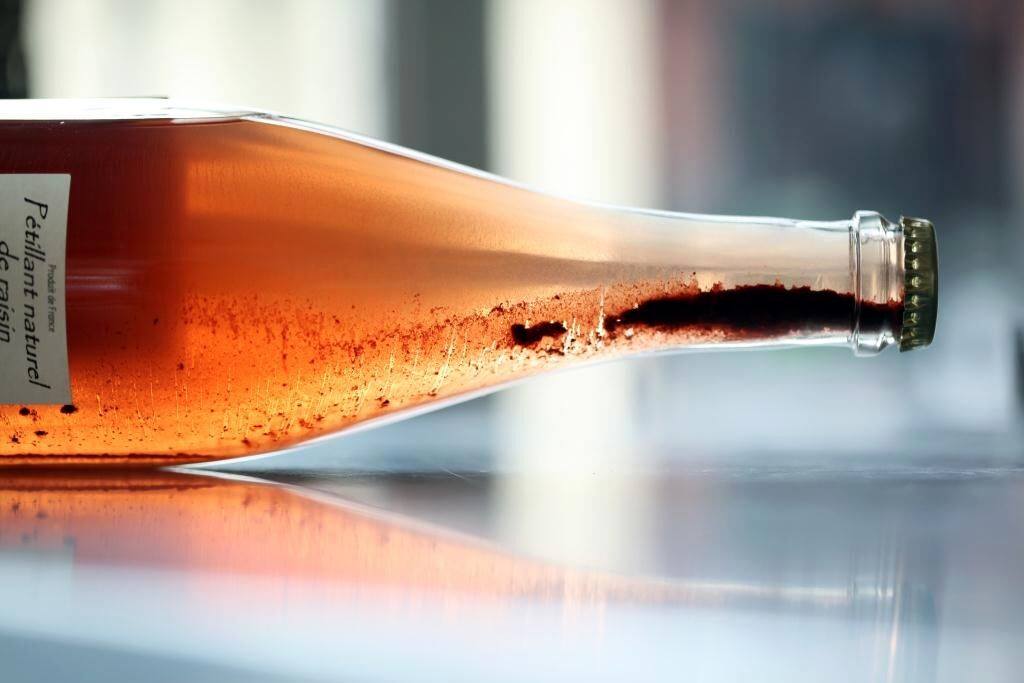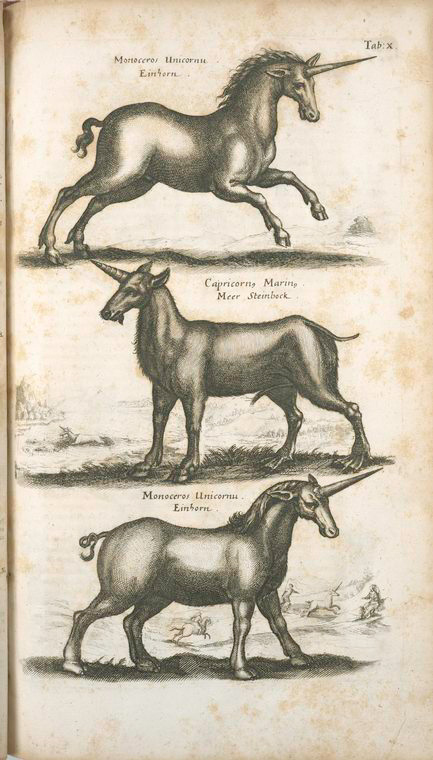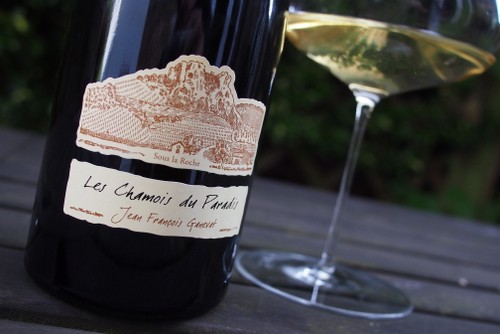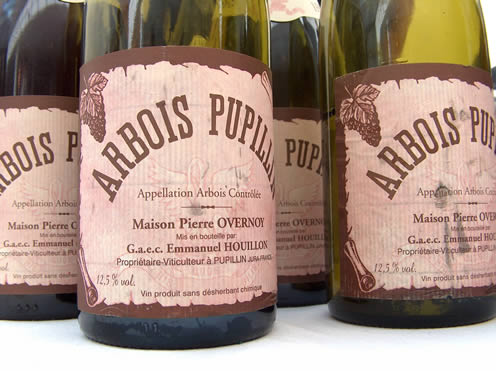Smart-Allocation Wines
“Teach a parrot the terms “supply and demand” and you’ve got an economist.” Thomas Carlyle

When demand starts to exceed supply in any walk of life the value of the product increases proportionately, all of which further fuels the notion of its desirability as a commodity. This is nothing to do with intrinsic value or quality and everything to do with perception and a human need for ownership of things that are recognised as possessing quality.

The wine world has more than its share of desirable products. At a base level they are traded as commodities – from en primeur to the fine wine/Bordeaux indices. Then we have the so-called Unicorn Wines – some being more unicorny than others. In fact there’s a unicornucopia of these wines, but they have also acquired the reputation as desirable commodities. One of the “original” (ironic quotation marks) post-modern faux-unicorn wines was Cloudy Bay Sauvignon. In the early days when production was relatively limited and Marlborough Sauv was in its swaddling clothes, Cloudy Bay acquired a ridiculous iconic status. And you can’t spell iconic without I con. Most of the wine was sold through middle merchants thereby inflating its relatively modest price. Restricting the allocation per account gave a mystical gravitas to what was essentially a very well-made wine. Restaurants, bars and wine merchants colluded with this commodisation (horrible word) by unduly marking up the wine until it was nose-bleedingly expensive and customers would approach the wine with reverence as if it were a rare and wonderful beast. Now that we know that 1.2 million bottles are produced and that grapes are sourced from other vineyards Cloudy Bay has become more like a gigantic flock of sheep that needs to be pushed into as many markets as possible rather than the elusive unicorn it purported to be once upon a time.
Artisan wines, conversely, are the result of very small production. A lot of growers make a bewildering number of cuvees considering the tiny amount of acreage that they own usually in order to express the particularity of their terroir, to reflect a peculiarity of the vintage or to understand how the same wine might works in different vessels, different periods of ageing on the lees and so forth.
And what gives these wines their unusual and real value is the sheer length and strength of the artisan process combined with the minute number of bottles available. If a vigneron farms organically or biodynamically, picks only the best grapes by hand (discarding the rest on the ground), if he or she vinifies the wine by hand, using all the natural craft and judgement at their disposal, if they accompany the wine on each and every step of its journey from the vine to the bottle, then they are privileged midwives to help give birth to something with a unique personality, destined to become a true original. Many of the allocated luxury brands are mere expensive facsimiles, made in the hundreds of thousands to a consistent formula. Marketing has created the collusive mythology that encourages luxury markets to invest heavily in these brands. These wines accordingly have acquired have their own index of value. They are commodities.

We are honoured to buy from a tiny handful of growers whose wines who have been deemed (by critics, by sommeliers) so exceptional that they have garnered powerful name recognition. The G word and O-H word spring to mind! These growers are loyal to their suppliers and would never consider cashing in by making more wine simply to satisfy the universal demand. To buy the wines we have to go every year and engage properly with them as individuals – not as purveyors of products. We taste with them so we can understand the wine and the process, and so they may be able understand how we taste and to know whether their wines are going to a good home. It is thus entirely about personal relationships and trust. Only then (when they have looked into your eyes or when you have broken bread with them) is any wine made available (and this often the precious personal stock of the vignerons themselves).
When we eventually receive our allocations therefore we are not interested in creating a kind of fine wine apartheid by pricing the wine to meet the demand, but prefer to spread the pleasure to as many people as possible. These would be the people who truly appreciate the wine and would drink it themselves; those who are not collecting it for its sheer iconic status and actually take the trouble to understand the story behind the wine, and finally those who have previously supported the wines of the grower and are happy to take any wine given to them – without demur. Tis blessed to give, but not necessarily those unto whom have been given feel equally blessed to receive the micro-quantities of wine on offer!

The arresting aesthetic
If you believe that the liquid contents of the bottle can be beautiful and transformative then we need to value them, to savour every last drop of wine as if it were the last wine we might ever drink. And if your entire allocation of a particular cuvee is a mere one bottle it behoves you all the more to think about what occasion you might wish to drink it and with whom you would share it. Great wines are ten-a-penny to those who can afford them, the real unicorns are fabulous creatures that make us stop and think, respect, appreciate and be grateful for the existence of the wines themselves. And taste them with our hearts as well as our heads.

